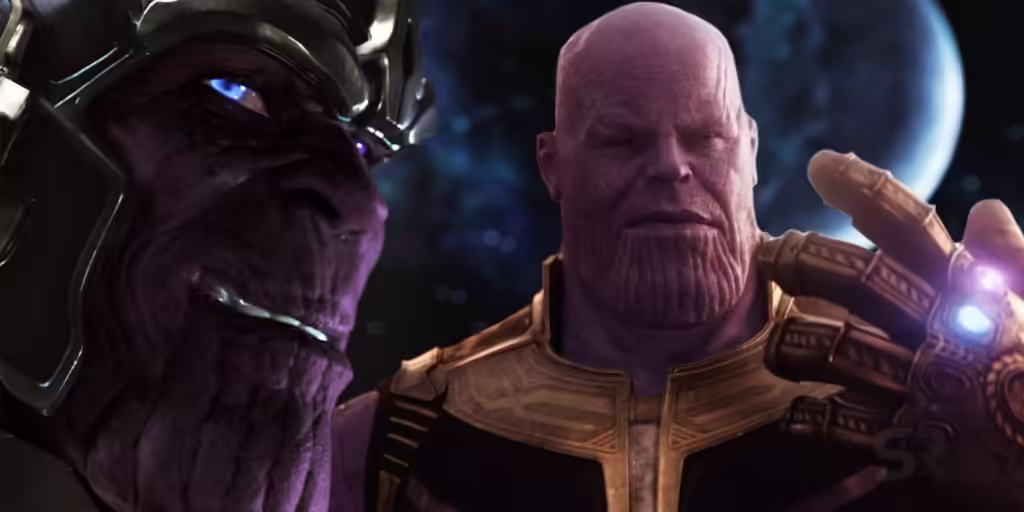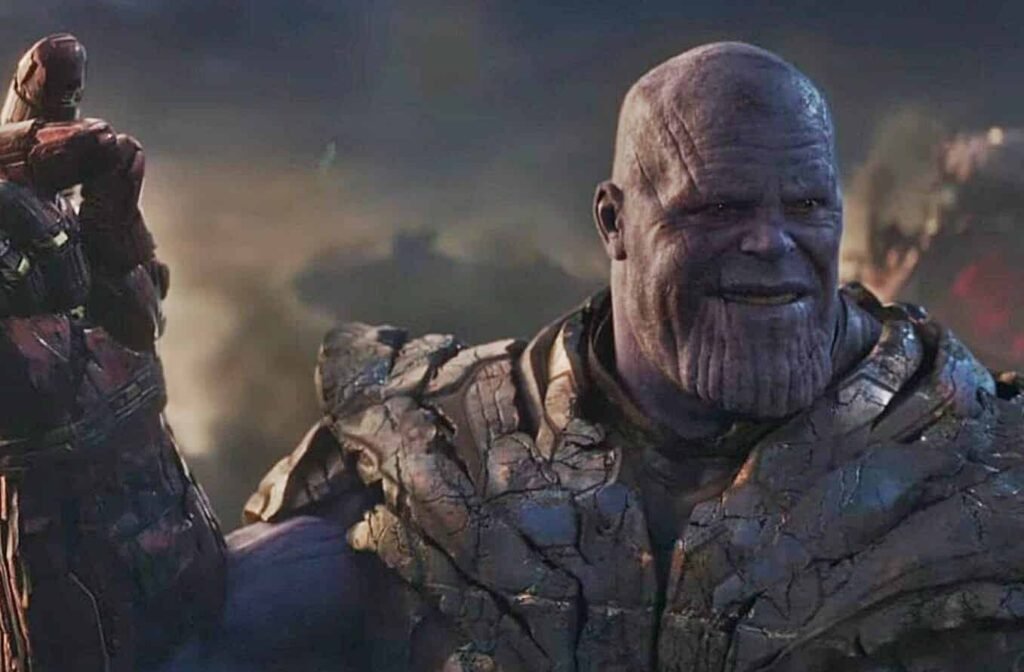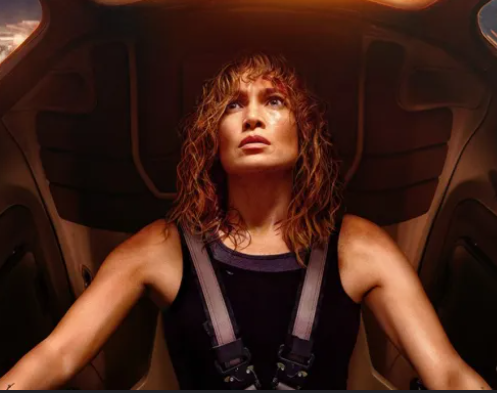Marvel’s portrayal of Thanos has undergone a significant transformation, leading to a pivotal recasting from Damion Poitier to Josh Brolin. This change reflects not only the character’s evolution but also Marvel’s commitment to bringing a complex villain to life in the Marvel Cinematic Universe (MCU).
Initially, Damion Poitier portrayed Thanos in a brief appearance during a post-credits scene in The Avengers (2012). While this cameo established Thanos as a looming threat, it was not until Avengers: Infinity War and Avengers: Endgame that the character truly came into focus.
Josh Brolin was brought on board to fully realize Thanos in these films, delivering a nuanced performance that added depth to the character. Utilizing motion capture technology, Brolin infused Thanos with a range of emotions, transforming him from a mere antagonist into a multi-dimensional villain whose motivations—though twisted—could be understood and even empathized with.

The decision to recast Thanos ultimately allowed Marvel to develop the character in a way that resonated deeply with audiences, making him one of the most memorable villains in cinematic history. Brolin’s portrayal solidified Thanos as a complex figure, showcasing the evolution of the Mad Titan from a simple cameo to a central force in the MCU narrative.
The Evolution of Thanos: From Damion Poitier to Josh Brolin
Thanos, one of the most iconic villains in the Marvel Cinematic Universe (MCU), first appeared in a brief yet impactful cameo in The Avengers (2012) portrayed by Damion Poitier. Fast forward to Guardians of the Galaxy (2014), and the Mad Titan was recast with Josh Brolin stepping into the role. This transition marked a significant shift in how Thanos was presented and developed, evolving from a mere tease into a central figure in the MCU. But what prompted this switch? Let’s delve into the details.
The Initial Appearance: Damion Poitier’s Thanos
In The Avengers, director Joss Whedon needed a quick, ominous presence to tease the upcoming threat of Thanos. Damion Poitier was cast for this role, which required just a brief appearance that set the stage for the character’s future involvement. Poitier’s portrayal delivered the necessary creep factor that left audiences intrigued about the character’s motives.
Poitier’s Thanos was characterized by his deep purple hue and glowing blue eyes, embodying the classic comic book depiction of the character. However, this version of Thanos was limited in scope, serving primarily as a precursor to the larger narrative arcs that would follow. After The Avengers, Poitier transitioned to other roles, including his part in Captain America: Civil War, but the groundwork had been laid for Thanos to become a major player in the MCU.

The Need for a Dynamic Portrayal
As Marvel Studios began to envision a more substantial role for Thanos, it became clear that a more dynamic portrayal was needed. The character was evolving beyond a mere cameo into a central figure who would drive the plot of Avengers: Infinity War (2018) and Avengers: Endgame (2019). To achieve this, Marvel turned to Josh Brolin, who brought a fresh approach to the character.
Brolin’s expertise in motion capture technology allowed for a more nuanced performance that could convey a range of emotions. This was crucial for Thanos, whose motivations and complexities would be central to the narrative in the subsequent films. The recast was not merely about changing the actor; it was about reimagining the character to fit into a larger, more intricate storyline.
A New Look for a New Era
With Brolin on board, Thanos received a significant makeover. While Poitier’s version was marked by a vibrant, flashy appearance, Brolin’s Thanos adopted a more subdued and relatable look. The lighter color palette and less ostentatious design allowed audiences to connect more deeply with the character. This aesthetic shift was not just for show; it played a crucial role in framing Thanos as a formidable yet relatable villain.
In Guardians of the Galaxy, Thanos’s appearance signified this new direction. He was now portrayed as a character with depth, ambition, and motivations that went beyond mere villainy. As Brolin stepped into the role, Thanos evolved from a mere cosmic threat into a villain with compelling reasons for his actions, paving the way for an engaging storyline that would captivate audiences.
Thanos’s Complex Motivations
One of the standout aspects of Brolin’s portrayal in Infinity War and Endgame was the revelation of Thanos’s deep motivations. Unlike many traditional villains who seek power for its own sake, Brolin’s Thanos believed he was acting for the greater good. His quest for balance in the universe—albeit through horrific means—created a complex villain that audiences could not only fear but also understand.
This evolution in character development marked a significant milestone for Marvel. Thanos’s motivations transformed him into a top-tier villain, one who could elicit empathy even as he committed heinous acts. This complexity added layers to the story and challenged audiences to grapple with the moral implications of his actions.

The Impact of Recasting on the MCU
The recasting of Thanos from Poitier to Brolin was more than just a simple actor change; it was a strategic decision that had lasting implications for the MCU. Brolin’s intense and layered performance solidified Thanos as one of the franchise’s most memorable antagonists. The recast enabled Marvel to transform Thanos from a teaser into a titan of terror, setting the stage for a saga-ending confrontation that captivated fans around the globe.
Poitier’s brief stint may have been pivotal in the early days of the MCU, but Brolin’s portrayal made Thanos synonymous with the franchise’s most climactic moments. His journey from a mysterious figure to the central antagonist of two blockbuster films established Thanos as a cornerstone of the Marvel narrative.
A New Layer of Complexity: Robert Downey Jr.’s Return
In an exciting twist for fans, Robert Downey Jr. is set to reprise his role as Tony Stark in Avengers: Doomsday, where he will portray Doctor Doom. This development promises to reframing one of Thanos’s most chilling lines. In Infinity War, Thanos ominously stated to Iron Man, “When I’m done, half of humanity will still be alive. I hope they remember you.” This line was particularly gut-wrenching following Iron Man’s ultimate sacrifice in Endgame.
Now, with Downey Jr. stepping into the role of Doctor Doom, Thanos’s line is about to take on a new significance. The Avengers will find themselves grappling with the same face they once admired, now turned into a villainous force. This twist deepens the complexity of the Avengers’ struggle, blending past heroism with newfound villainy.
Conclusion
The evolution of Thanos from Damion Poitier to Josh Brolin is a testament to Marvel’s commitment to character development and storytelling. What began as a brief cameo turned into one of the most compelling arcs in the MCU, demonstrating how a recast can enhance a character’s depth and significance.
As Marvel continues to explore the implications of its characters, the connections between past and present are bound to resonate differently. With Downey Jr.’s return, Thanos’s chilling words will echo with new meaning, weaving together the legacies of heroism and villainy. The journey of Thanos is far from over, and fans are eager to see how these dynamics will unfold in future installments.
Stay tuned to Club4Celebs for more updates.


